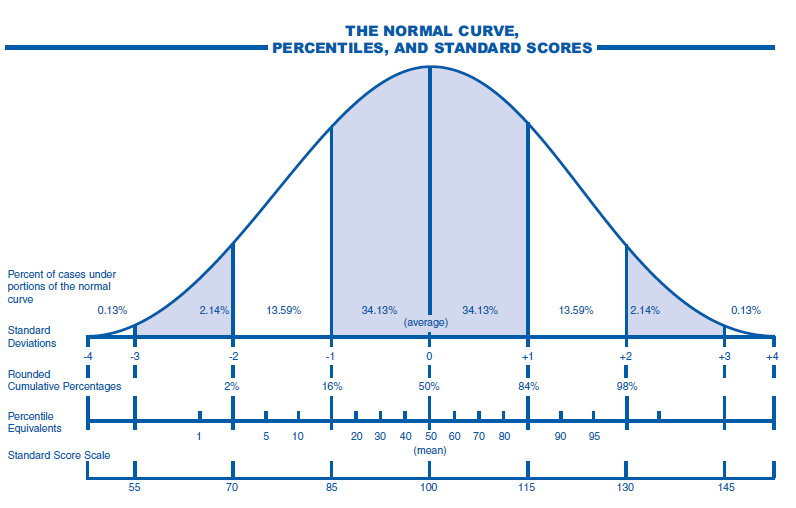
Goldman Fristoe Test Of Articulation Manual Do Mundo
AbstractPurpose: Most speech-language pathologists (SLPs) would agree that articulation tests are valid, and when properly administered, should, in theory, generate similar results. However, most SLPs would agree that this is not the case. Several possible explanations have been posed to account for this effect (Schissel & James, 1979). Driver android usb device. The purpose of the study was to evaluate the efficacy of two standardized articulation instruments, Goldman-Fristoe Test of Articulation, Second Edition (GFTA-2; Goldman & Fristoe, 2000) and Arizona Articulation Proficiency Scale, Third Revision (Arizona-3; Fudula, 2000).Methods: Forty-one 3- and 4-year-old normally developing children were assessed with both instruments, which were counterbalanced.
 ORDER NEWLY REVISED 11TH EDITION CAROLINE BOWEN QUICK ARTICULATION SCREENER. BASIC TEST 2000 HYUNDAI EXCEL MANUAL MORI SEIKI CNC MAPPS. MANUAL PONGA ORDEN EN SU MUNDO INTERIOR ADVANCED. SRAD REPAIR MANUAL GOLDMAN FRISTOE 2 SCORING MANUAL.
ORDER NEWLY REVISED 11TH EDITION CAROLINE BOWEN QUICK ARTICULATION SCREENER. BASIC TEST 2000 HYUNDAI EXCEL MANUAL MORI SEIKI CNC MAPPS. MANUAL PONGA ORDEN EN SU MUNDO INTERIOR ADVANCED. SRAD REPAIR MANUAL GOLDMAN FRISTOE 2 SCORING MANUAL.
Standard scores, along with percentage consonants correct (PCC; Shriberg & Kwiatkowski, 1982; Shriberg, Kwiatkowski, Best, Hengst, & Terselic-Weber, 1986), were calculated for each child.Results: Mean standard scores revealed statistically significant differences between these two instruments on the study population with a mean Arizona-3 score 6.4 points lower than the GFTA-2. PCC also revealed disparities between the two instruments.Conclusions: Several explanations for these findings include differences in the composition of each instrument, the questionable validity of both instruments, and clinically significant normative data differences for specific phonemes classified as either glides or fricatives. A Comparison of Articulatory Assessment: the Goldman-Fristoe Test of Articulation-2 versus the Arizona Articulation Proficiency Scale-3. Most speech-language pathologists (SLPs) would agree the majority of the standardized tests on the market today are valid and reliable indicators of articulatory development and behavior and when administered to an individual, these instruments should, at least in theory, generate similar results. However, most SLPs would also agree that this is not observed to be the case. Several possible explanations may then be posed to account for this effect. Schissel and James (1979) suggested that either (1) the tests are not valid or (2) that testing instruments are assessing different facets of articulatory behavior.
Another possible explanation may be that the normative data between these tests is not identical, thus creating different age criteria for the production of individual phonemes.Schissel and James (1979) evaluated differences between the Deep Test of Articulation (DTA; McDonald, 1964) and the Arizona Articulation Proficiency Scale: Revised (AAPS; Fudula, 1974) and made comparisons on the performance for individual phonemes, total test performance, and differences in children who were judged as needing treatment. The DTA was chosen as it provides the clinician with multiple opportunities to observe production of each target in a variety of contexts. The AAPS was created to determine the precision of articulation and to identify individuals requiring intervention. The DTA and the AAPS were selected as the best instruments because the theoretical basis of each test lies in direct opposition to one another.